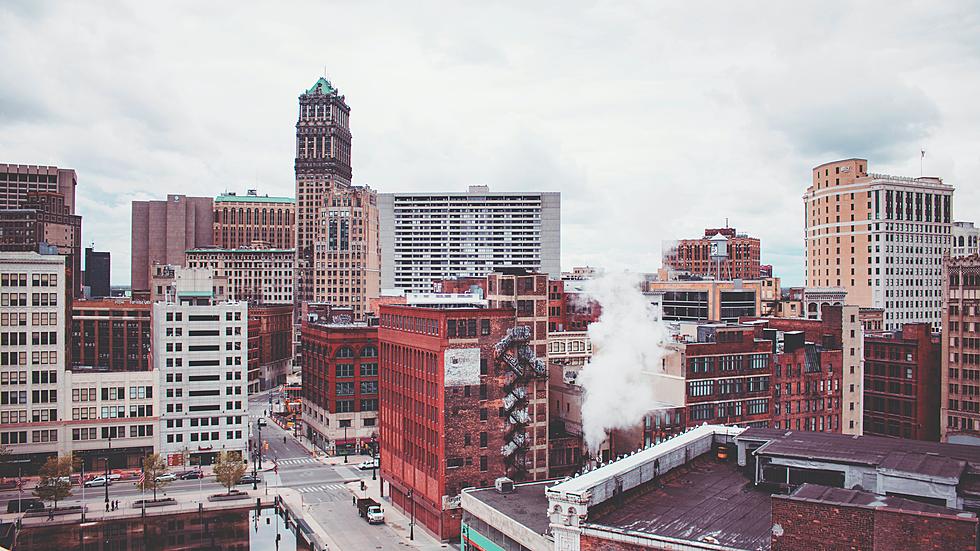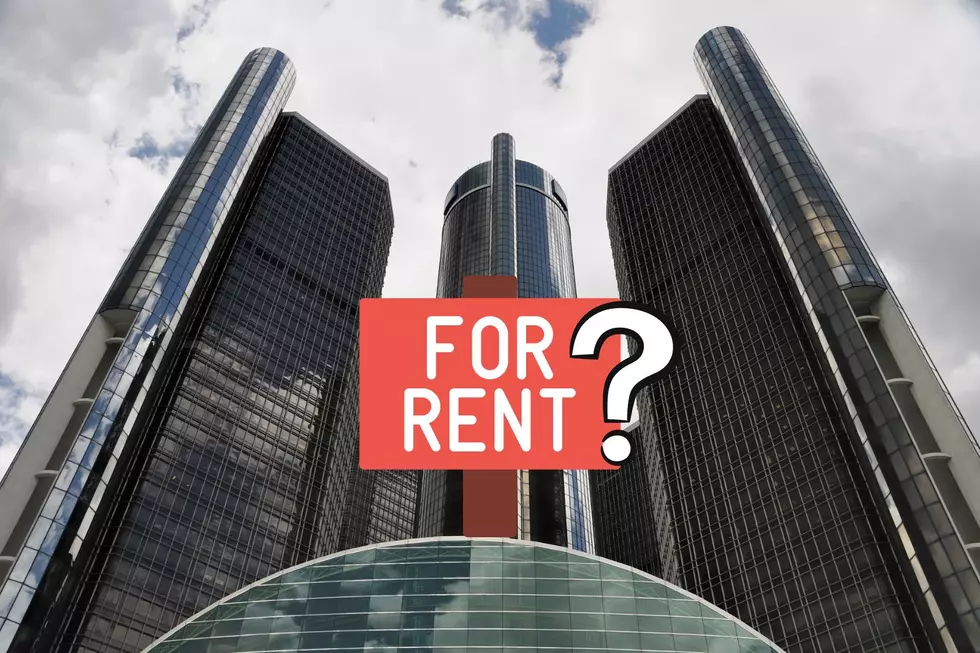
The Segregation Wall That Still Stands In Detroit
80 years ago, a wall was built to separate blacks from whites on the north side of Detroit. While it's original purpose has faded, the wall still stands as a reminder of what once was a severe racial division in the Motor City.
The wall went by many names, the "Birwood" Wall, the "Wailing" Wall and the "Eight Mile" Wall. It went up in 1941 when a plot of land west of Birwood Street along Detroit's fabled northern border of 8-Mile Road was being developed.
The neighborhood just to the east had long been a settling point for people of The Great Migration, a movement of Black people from the rural south to the industrial north to work factory jobs, which were plentiful.
Developers wanted to make it very clear that the wall was being built to symbolize that Blacks would remain one side, and Whites on the other.
In a story reported by NBC News in collaboration Bridge Detroit, the history of the once divisive wall is investigated.
The wall is now brightly painted with murals, and the discriminatory practices it once symbolized have been legislated away, but it still remains as a reminder of how we dealt with racial division in a different age.
Although the wall wasn't built until 1941, it's origins really began when a northern section of the city was developed with Black workers in mind. Blackstone Park, as it was called, as marked on City Abstracts as having a "Negro concentration".
The stunning part of viewing these documents is that the city was not only clear about the race of where people lived, there also was a class division according to job level as well. Clearly marked at the top of the form is a space for "class and occupation", which is marked "Labor" or "working class".
Bridge Detroit picks up the story with the six foot tall wall's initial construction in 1941:
When construction workers began digging a trench between Mendota and Birwood streets in 1941, children came from blocks away to watch, author Gerald Van Dusen wrote in a book about the wall.
They watched for days as crews dug with an excavator, poured cement footings, then stacked concrete bricks until the wall extended the length of three city blocks.
“No one knew what to make of it,” Van Dusen wrote.
The wall’s purpose, however, quickly came into focus.
“CHARGE WALL BUILT TO SEPARATE RACES” screamed the headline across the front of the July 5, 1941, edition of The Michigan Chronicle, Detroit’s Black newspaper.
The paper, which characterized the wall as an effort to establish a “negro ghetto,” detailed a meeting of the city housing commission where a representative for the Blackstone Park development insisted the wall was “being put up simply to improve our subdivision by giving it a fixed border and trim.”
The residents of Shacktown didn’t buy that.
While the wall today is more a symbol of neighborhood cohesive rather than divider, the story of the wall is a fascinating reminder of how far we have come, and how far we have yet to go, as Detroit is still known as one of the most segregated cities in the country.
Read the whole story at Bridge Detroit and NBC News.
SEE MORE: Daytrippin' Downtown Detroit On Woodward
More From 97.9 WGRD









